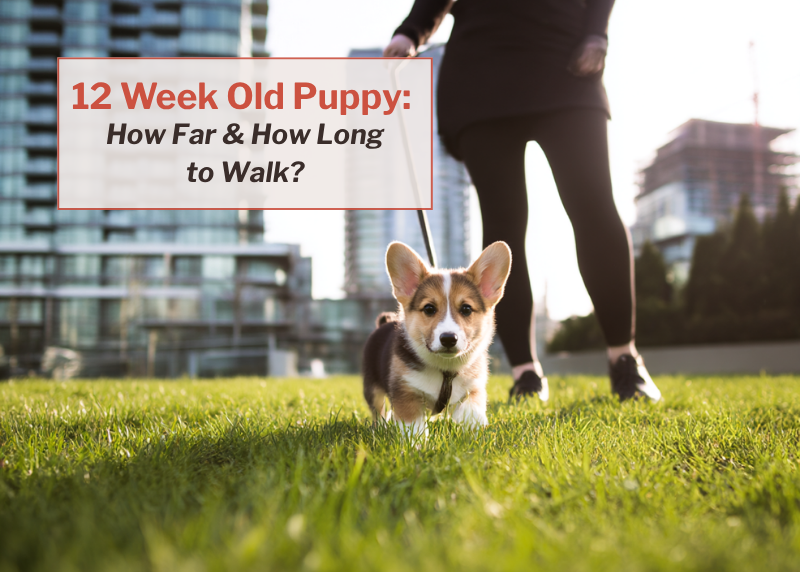You’re out enjoying the beautiful weather for the first time with your 12-week-old puppy, but you find yourself wondering—how far is safe to walk him at this age? He has so much energy, and you want him to get enough exercise, but it’s tough to know if you’re giving him too much exercise and accidentally overdoing it.
I get it, you want to be a responsible dog owner—and make decisions for his long term health. While your puppy may seem full of energy, there’s a big difference between being playful and being physically ready for extended activity.
In this post, we’ll help you understand how far and how long your 12-week-old pup should walk, why moderation is key, and how to spot signs that your furry friend needs a break. Whether you’re starting crate training or tackling potty training, you’ll learn how to make each outing safe, fun, and effective.
Do you have the right size crate? — check out this guide
Why Walking a 12-Week-Old Puppy Needs Caution

At 12 weeks, your puppy is still in the early stages of development, both physically and emotionally. While they may seem full of energy, their bones, joints, and immune system are not yet fully mature. There’ll be plenty of time for those hikes in your lifetime together. Pushing them past their capacity at this age, is the time to take it slow. This section explains why being cautious with your walks isn’t just a good idea—it’s essential to protecting your pup’s health and wellbeing.
Physical Readiness and Safety
Taking your puppy for walks is a fun way to bond and explore the outside world, but there are important safety considerations at 12 weeks old. At this stage, your puppy’s immune system is still developing, and their growth plates—the soft cartilage near the ends of long bones—are vulnerable to overuse injuries. Avoid hard surfaces whenever possible. Consider placing a litter box in your home for backup during poor weather, and use crate dividers to maintain calm when they return from outdoor time.
Understanding Puppy Limits
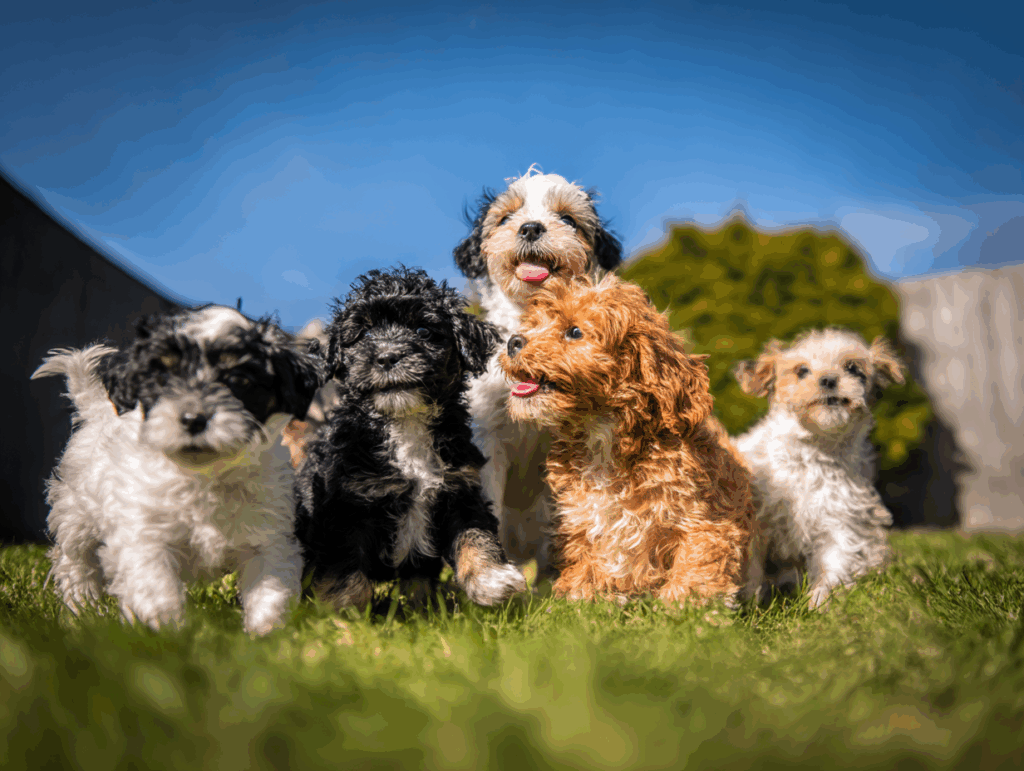
Many new pet parents assume that a long walk is a good idea to burn off puppy energy, but the truth is: less is more. Young puppies don’t yet know their own limits and too much physical exercise can lead to destructive behavior or injury. Your role is to help them set boundaries and keep things age-appropriate. Be aware that excited behavior is not the same as readiness for more activity. Place your dog’s crate in the family room so they have a visible safe place to wind down after activity.
Focus on Socialization
Early walks should focus on socialization rather than mileage. Keep your puppy’s first walk brief and focused on introducing them to gentle sights, sounds, and surfaces. Think of it more like a guided tour than an endurance test. Help your puppy associate walks with pleasant associations, using positive reinforcement, enthusiastic ways to encourage engagement, and a happy tone of voice. Afterwards, guide them to the back of the crate with a favorite toy to build a positive association with rest.
Safe Walking Distance Guidelines
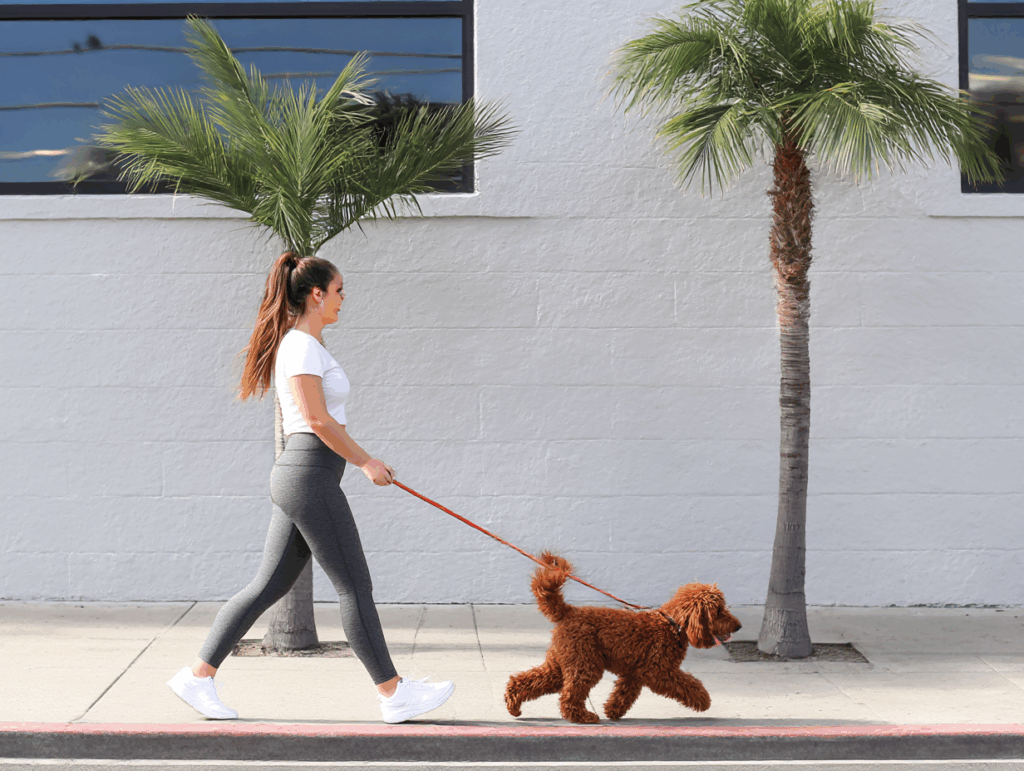
How far is too far? This section breaks down how much walking is safe for your 12-week-old puppy based on vet-recommended guidelines, and how to tailor that distance depending on your puppy’s size and breed. Whether you’ve got a tiny Yorkie or a growing Golden Retriever, you’ll find the right balance here.
The 5-Minute Rule
Let’s answer the big question first—how far is too far? For a 12-week-old puppy, the general rule of thumb is about 5 minutes of walking per month of age, for every potty break, which is usually after they wake up from their puppy sleep. So that’s roughly 15 minutes of exercise per outing. While it might not sound like much, it’s plenty for a puppy whose body and joints are still developing. Always consider amount of time spent on hard surfaces versus grass or carpet. Be sure your crate door is open upon return to let them wind down with soft blankets or a comfy bed.
Not sure if your puppy should nap in his crate during the day? Don’t worry—we’ve got you covered!
Structured vs. Unstructured Activity
This estimate refers to the maximum duration of structured outdoor walking, like strolling through your neighborhood or heading to a preferred location in your area of your house. It does not include random puppy zoomies at home or breaks to sit and sniff. Focus on quality over quantity. This is about slow-paced movement, plenty of sniff breaks, and giving your puppy a safe space while exploring. You’re building a walking habit that’s sustainable, safe, and stress-free. Keep regular meals spaced out to avoid energy crashes after activity.
Adjusting for Breed and Energy Level
Different breeds may have slightly different needs. Small breed puppies often tire faster and overheat more quickly. On the other hand, large breed puppies may appear stronger, but they’re still fragile under the surface. Either way, sticking to short walks helps avoid overuse injuries and ensures your puppy stays eager—not exhausted—for the next outing. Use a crate or safe haven for downtime afterward. For adult dog size comparison, talk to your vet about your dog’s age and the next size crate your dog will need as they grow.
Walk Timing and Post-Walk Play
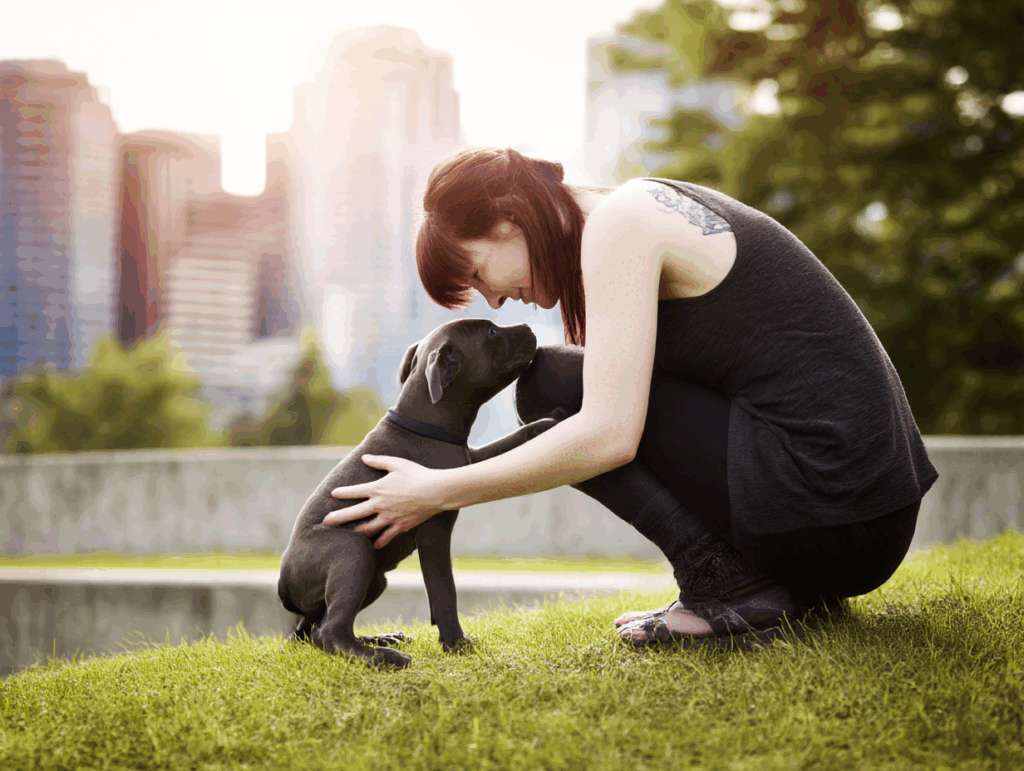
Walks don’t exist in isolation—they impact how your puppy feels for the rest of the day. This section helps you understand how to pace your walks and what types of play and downtime should follow. You’ll learn how to create a healthy rhythm between activity and rest.
Walk Pacing Basics
While the last section covered overall distance and limits, let’s talk now about walk pacing and how to balance it with other activity. For most 12-week-old puppies, that 10–15 minutes should include everything from leash walking to sitting and sniffing. Let your puppy explore using their favorite toy or interactive toys to transition smoothly from walk to indoor calm. Choose the best spot in the living room to encourage a quiet time habit.
After-Walk Activities
So what happens when the walk ends and your puppy still seems lively? No worries—you can still engage your puppy afterward with indoor play or short training sessions. Just skip the high-impact chase games. Use this post-walk time for low-energy enrichment like puzzle feeders, lick mats, or working on “sit” and “stay.” Place them near their crate in a quiet time area. Reward them with food dish placement in the crate to build positive association.
Avoiding Overexercising
Overexercising doesn’t just happen outdoors. If your pup starts zooming around nonstop or shows signs of being overstimulated, it’s time to guide them toward rest time. Create a cozy den animal vibe inside their crate with soft blankets, a comfortable bed, and maybe even a small blanket over the top as a crate cover. Make their area of your house feel like a calm retreat. If dog whines, try redirecting them with a puzzle feeder or provide the best response—a soothing happy tone of voice and time in their safe haven.
First Walk Tips for New Dog Owners

Starting off on the right paw is everything. Whether you’re feeling nervous or excited, this section offers practical first-walk tips to ensure your puppy has a safe, enriching experience that sets the tone for future adventures.
Taking your puppy on their first walk can feel a little intimidating, but it’s also exciting! Here are a few ways to set yourself up for success:
- Pick a quiet time of day to avoid loud noises or too many distractions
- Use a well-fitted harness instead of a collar to protect their neck
- Bring some tasty treats to reward calm walking and curiosity
- Let your puppy sniff and explore—it’s how they learn
- Keep the crate door open afterward for a relaxed cool-down
Easy Walk Harness is the best option for dogs of all ages and PERFECT for leash training!
Don’t expect perfection. Your goal is to create a positive experience, not perfect leash manners. With a little patience, this will become one of your favorite daily routines. Good luck!
When Can You Walk Further with Your Puppy?

As your puppy matures, questions about increasing puppy exercise are bound to come up—but a little common sense goes a long way. In this section, we’ll guide you through when and how to gradually extend walk time while protecting growing joints, especially in larger breeds.
Increasing Walk Time After 12 Weeks
Keep in mind that their growth plates don’t fully close until around 12–18 months of age, depending on the breed. That’s why large breed puppies need special care and slower ramp-ups in activity. Overexercising at this stage can contribute to joint stress and increase the risk of developmental issues like hip dysplasia, especially in predisposed breeds.
Keep in mind puppy exercise is not just running around, but that short walks with mental enrichment—like checking out new environments and training breaks—can also promote good behaviour and decrease your puppy’s energy levels. Always increase walk at your own pace, monitoring how your puppy responds each time by looking at their body language.
Also- don’t fortget those poo bags–
FAQ: 12-Week-Old Puppy Walking

1. How far can I walk my 12-week-old puppy?
Stick to around 15 minutes per walk, once or twice a day, using the 5-minute-per-month guideline.
2. Can I walk my puppy longer if they have a lot of energy?
Even energetic puppies need rest—longer walks can risk joint stress and overexertion. Use playtime indoors instead.
3. Should my 12-week-old puppy go for walks every day?
Yes, short daily walks help with routine, leash training, and socialization—just keep them brief and relaxed.
4. Is it okay to walk my puppy before all vaccinations are complete?
Check with your vet. Many allow safe, low-traffic walks after the first round of shots, especially if you’re avoiding high-risk areas.
5. What signs show my puppy is too tired on a walk?
Lagging behind, sitting down, excessive panting, or seeming distracted or dazed are all signs to stop and rest.
6. Can I play with my puppy after a walk?
Yes—gentle indoor play or training is fine. Avoid high-energy games that could lead to overexertion.
7. Does the breed of my puppy matter when walking?
Definitely. Small and large breed puppies have different exercise needs. Always adjust based on size and growth stage.
8. What’s more important: distance or experience?
Experience! Keep walks fun, short, and focused on confidence-building, not distance covered.
9. Should my puppy be allowed to sniff around on walks?
Absolutely—sniffing is enriching and important for mental stimulation, especially for young puppies.
10. When can I start increasing walk time?
Usually between 16–18 weeks, based on your vet’s advice and your puppy’s physical development.
Understanding Growth Plates and Long-Term Safety
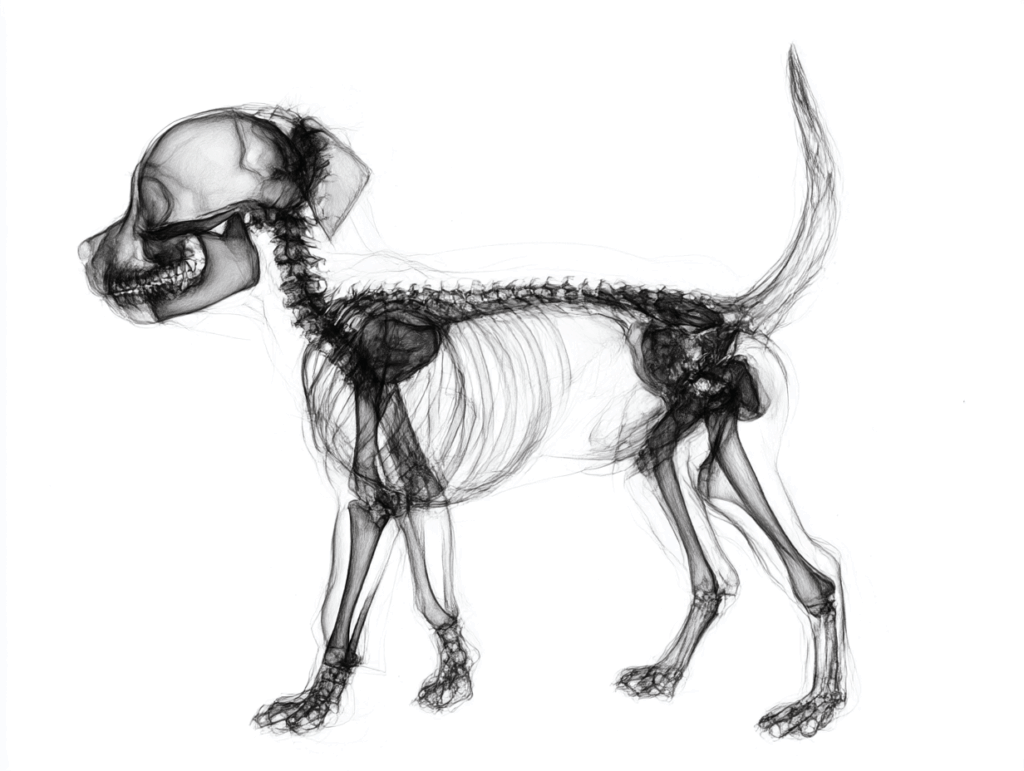
Keep in mind that their growth plates don’t fully close until around 12–18 months of age, depending on the breed. That’s why large breed puppies need special care and slower ramp-ups in activity. If your dog whines or shows signs of fear, it may mean they need more rest or less stimulation.
If you’re unsure, talk to your vet about your puppy’s unique development timeline. They can help you create a safe walking plan that supports healthy joints and long-term mobility. You can also consider tools like impact dog crates or puppy dividers to support their safe transitions between active time and calm time.
New puppy parent? Here’s the go-to rule of thumb for crating your dog when they’re home alone.

